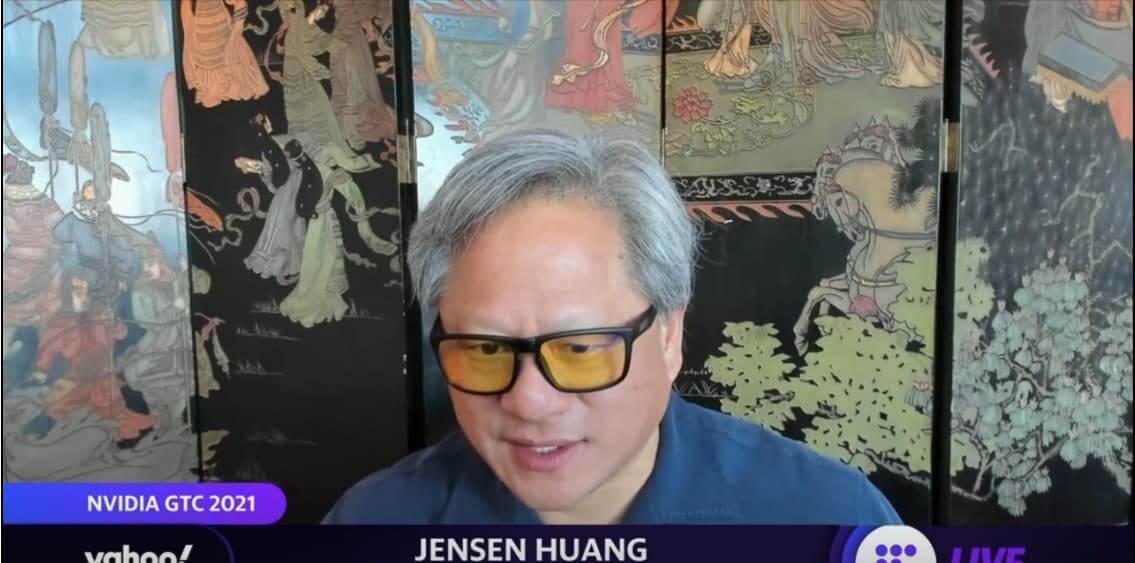NVIDIA reported its Q1 earnings this week, registering an increase of 31% in year-on-year revenue (and 6% sequentially). The chipmaker estimates that nearly a third of its GeForce userbase is now using RTX graphics cards. Channel inventory has normalized and should stay around these levels for the foreseeable future. Laptop gaming revenue also posted strong sequential and year-on-year growth figures, driven by the ramp of the RTX 30 series mobile family. A total of 180 notebooks featuring RTX 30 series GPUs are now on the market, up from 140 last year.
Despite the positive performance, NVIDIA’s stocks dipped sharply after the earnings call. This is due to the cautious guidance for the second quarter. The company has warned of a possible GPU price crash resulting in reduced revenue from its gaming business. NVIDIA CFO Colette Kress has predicted a drop from last quarter, somewhere in the early teens. The lockdowns in China are also expected to impact the market in the second quarter. Year-on-year growth is still expected to report positive figures.
Changes to cryptocurrency standards and processes including, but not limited to, the pending Ethereum 2.0 standard may decrease the usage of GPUs for Ethereum mining as well as create increased aftermarket resales of our GPUs, impact retail prices for our GPUs, increase returns of our products in the distribution channel, and may reduce demand for our new GPUs. We have introduced Lite Hash Rate, or LHR, GeForce GPUs with limited Ethereum mining capability and provided CMP products in an effort to address demand from gamers and direct miners to CMP. Beginning in the second quarter of the fiscal year 2022, most desktop NVIDIA Ampere architecture GeForce GPU shipments were LHR in our effort to direct GeForce to gamers. Attempts in the aftermarket to improve the hash rate capabilities of our LHR cards have been successful and our gaming cards may become more attractive to miners, increasing demand for our gaming GPUs and limiting our ability to supply our gaming cards to non-mining customers. We cannot predict whether our strategy of using LHR cards and CMP will achieve our desired outcome.
NVIDIA in its Quarterly Report
In its quarterly report, NVIDIA states that the release of the pending Ethereum 2.0 standard is expected to cut GPU demand from miners, also resulting in increased aftermarket (second-hand) sales of high-end RTX 30 series graphics cards. This may reduce the demand for newer RTX GPUs as seen after the mining boom of 2019. The exact impact on channel inventory remains unclear but higher-end products including the RTX 3070, 3080, and 3090 may see a large influx onto platforms like eBay.
NVIDIA further admits to miners’ success in cracking the LHR lock on the RTX 30 GPU which has largely allowed for Ether mining with 100% efficiency across most SKUs. The company states that its gaming cards may become more appealing to miners as a result, hindering its ability to deliver GeForce GPUs to gamers. From what we’ve seen, LHR barely impacted mining as farms stocked up on dozen of GeForce cards even with the hash rates cut to half.
The second quarter is almost over with just a month to go, and till now, we haven’t seen any price crashes. That is unlikely to change in the coming months. As NVIDIA preps to launch its next-gen RTX 40 series graphics cards, demand for contemporary GPUs will drop anyway. As such, I don’t expect any major impact on the retail market as a result.






